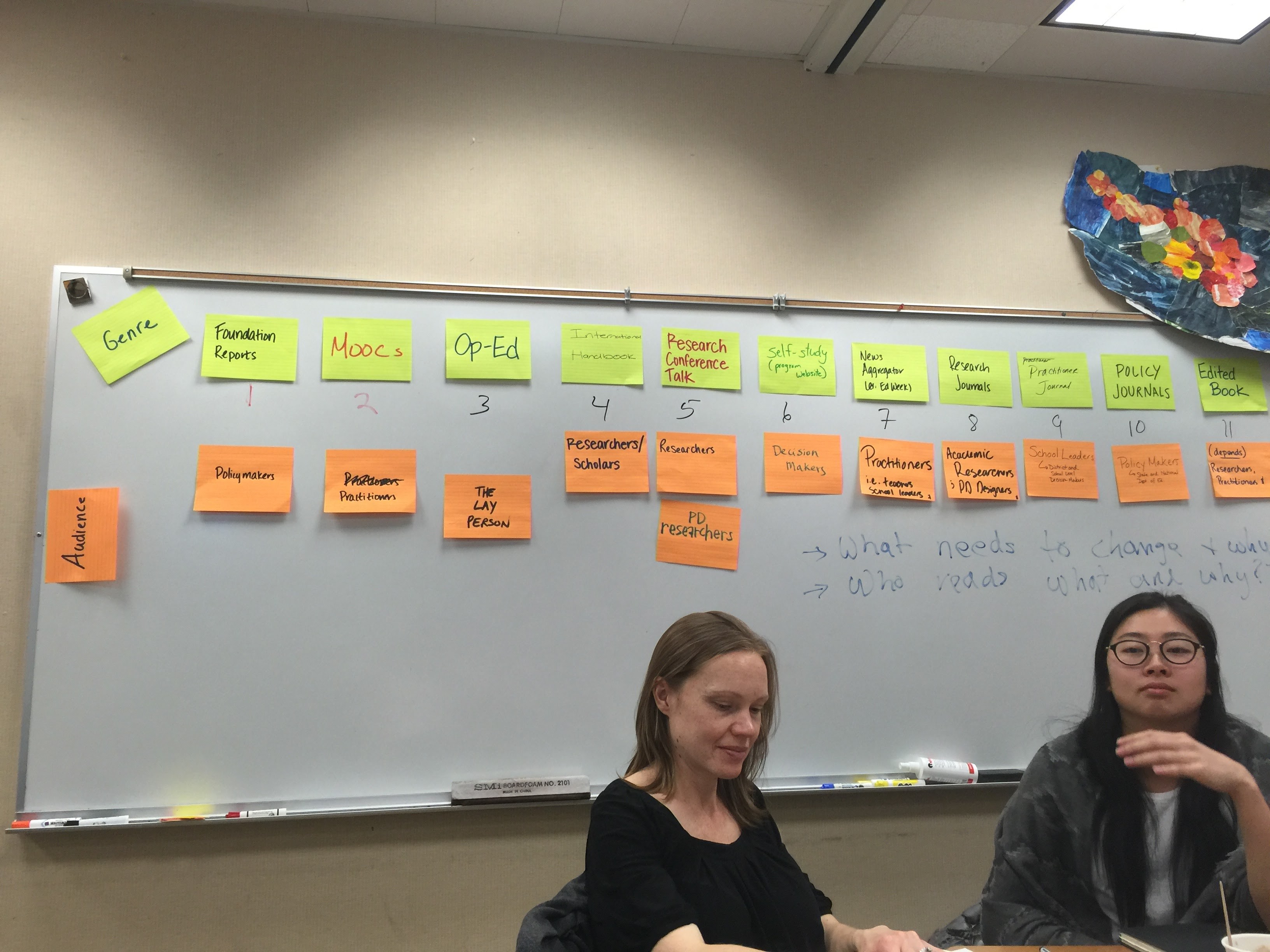
Jigsaw exercise
Science Readings – Group 2
Audience – Teachers
Conceptual framework
- STeLLA Conceptual Framework
- Student Thinking
- Science Content Storyline
- Deepen content knowledge + STeLLA framework
- Theory of teacher learning
- “Theory of teacher learning. The program design was guided by a situated cognition theory of teacher learning and a cognitive apprenticeship model of instruction that view learning as naturally tied to authentic activity, context, and culture (Brown, Collins, & Duguid, 1989; Lave, 1988).”
- Theory of science teaching and learning
- “Theory of science teaching and learning. The STeLLA program is based on a constructivist, conceptual change view of science teaching and learning that focuses on making student thinking visible so that instruction can be responsive to students’ emerging ideas, understandings, and confusions and thus support them in developing understandings of science concepts and phenomena that genuinely make sense to them (not just memorized words) “
“With regard to our primary research question about program effects, we observed that students whose teachers experienced content deepening integrated with analysis-of-practice in their professional development program (i.e., STeLLA) reached higher levels of science achievement than did students whose teachers received content deepening alone.”
Control group was called comparison group
How did it influence:
- Research question
- Content embedded within practice
- PD Design
- Center around videos and artifacts
- Inquiry based
- Social constructivist where the group comes up with explanation
- Link science content & pedagogy
- Research Design
Most important to share?
- How to do it
What doesn’t matter?
- Statistics
*****************
PD for teacher
Math
- Grounded on the content of the PD – algebraic reasoning
- Student thinking
- Addressing content knowledge
- Focus on one key idea
- On site support
